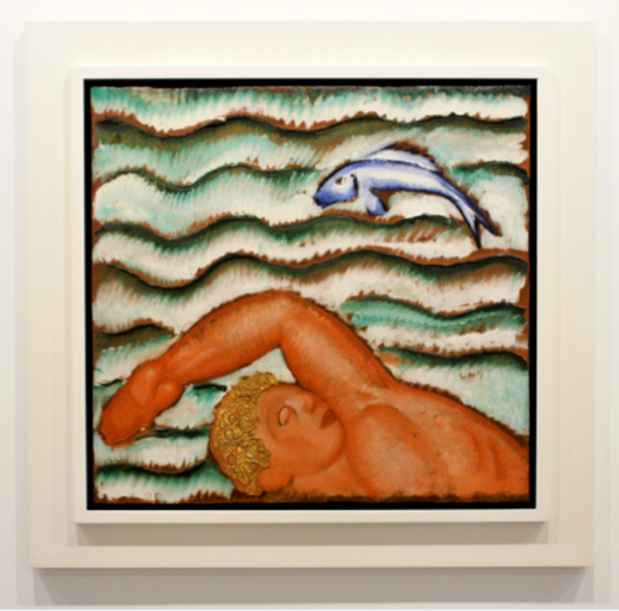Hugo Gellert "Free Radical"
RYAN LEE

This event has ended.
Mary Ryan Gallery presents a retrospective of artwork by Hugo Gellert (1892-1985) coinciding with the 120th anniversary of the artist’s birth. Gellert’s last exhibition at the gallery was in 1986. Featured in Free Radical are five paintings from the 1920s that will be shown for the first time in at least 80 years. Gellert’s paintings are very rare as his primary output was in mural painting, illustration and printmaking. A small selection of Gellert’s works on paper from the 1920s and 30s and an installation of ephemera from the artist’s personal effects and correspondence are also on exhibit.
Alongside these five paintings from the onset of Gellert’s career are more than 20 political posters from the early 1920s to the 1980s. Although some were widely disseminated in their day, very few survived. Many of these posters fight gender, racial, or class-based discrimination. One from the 1940s announces a convention for one of the first all-women labor unions nearly 80 years before the Lilly Ledbetter Fair Pay Act was passed. Additional posters on view range in themes from 1920s theater and early Russian film industry scenes to anti-war adverts, the Communist party, and May Day, including one which calls for an end to Jim Crow laws. Gellert, a lifelong champion of the working class, was an ardent believer in equality for all and fundamental political reform and protest. His posters are prescient in their political awareness, boldly confronting dilemmas that continue to manifest in contemporary life.
Gellert’s Century of the Common Man (1943), a portfolio of 19 silkscreens that illustrates excerpts of a speech made by Democratic Vice President Henry Wallace, will be shown in its entirety. Silkscreen as a fine art medium was new in the 1940s. The handmade quality is apparent in these works as is Gellert’s pop-like graphic sensibility. The portfolio, published by the International Workers Order, stands out to this day as a unique body of work in the history of American printmaking for its style, subject matter, and ambition. Gellert features men, women and children of various races and cultures learning to “think and work together,” juxtaposed with anti-Nazi and anti-fascist imagery. These same silkscreen images were also printed in small booklet format in numerous languages (including Croatian) to be distributed worldwide.
Gellert was born in Budapest in 1892 and immigrated with his family to New York in 1906. After studying at Cooper Union and the National Academy of Design, the outbreak of WWI and the death of his brother flamed his interest in politics. He began making drawings and illustrations for the radical political journals such as Masses, The Liberator and New Masses. Gellert was a staff artist for The New Yorker from its inception in 1925 through 1946, and his portraits and illustrations populate many of The New Yorker magazines. His last major museum exhibition was in Hungary in 1968 at the National Gallery in Budapest. Throughout his life, Gellert was known for his involvement in Hungarian-American art and activism and is widely considered one of the most influential political artists of the first half of the 20th century. He died in 1985 at 93.
[Image: Hugo Gellert, "Untitled" (c. 1923) Oil on panel]
Media
Schedule
from October 25, 2012 to December 22, 2012